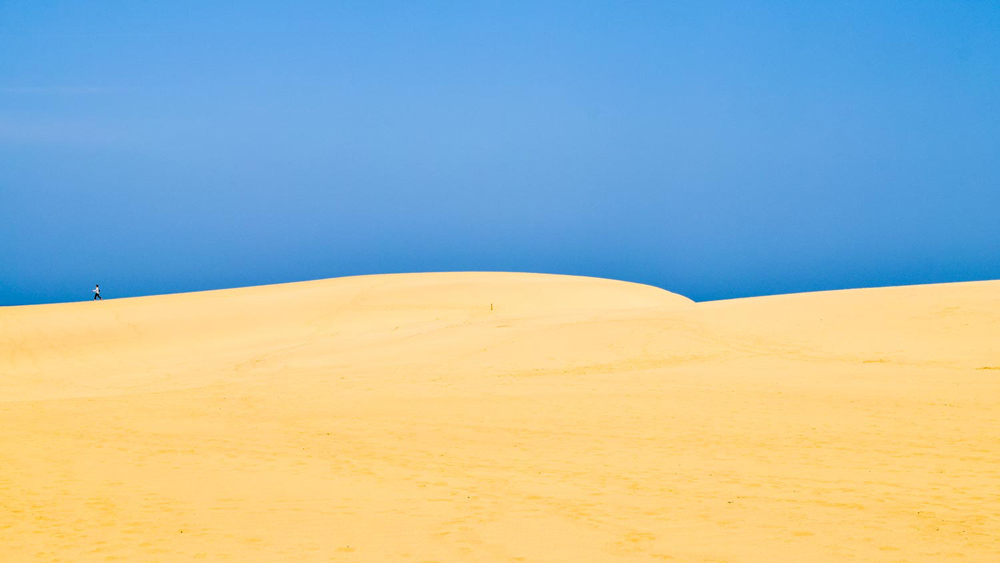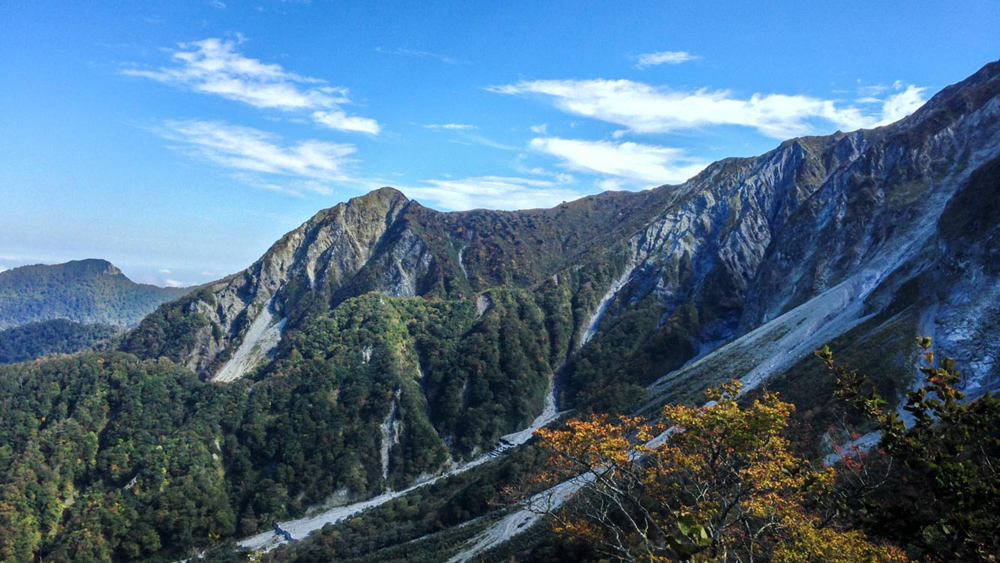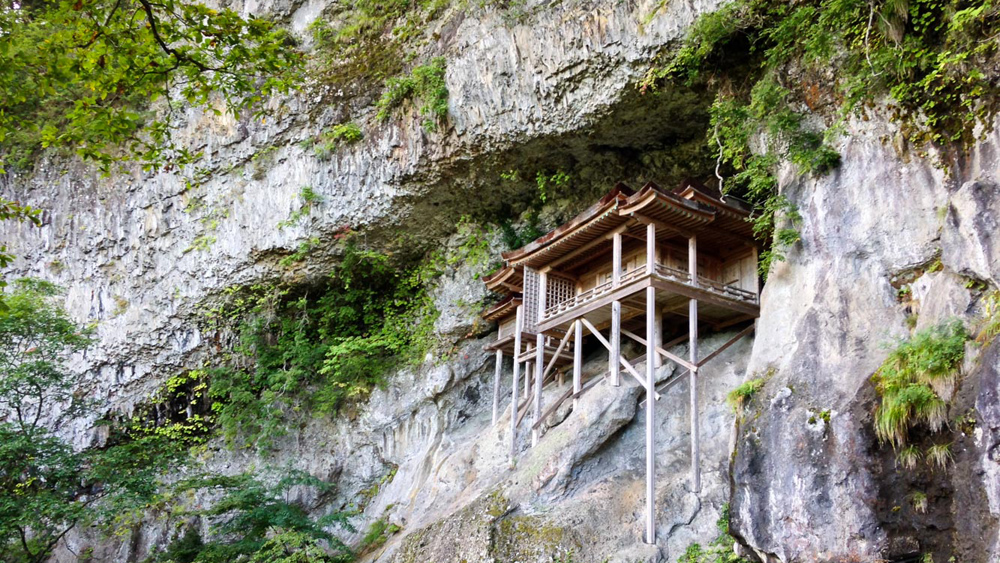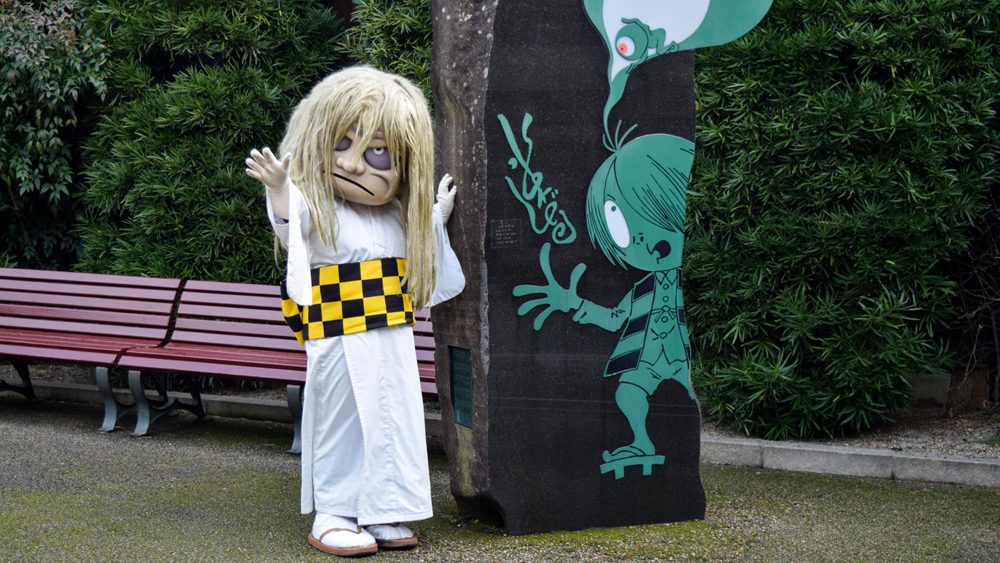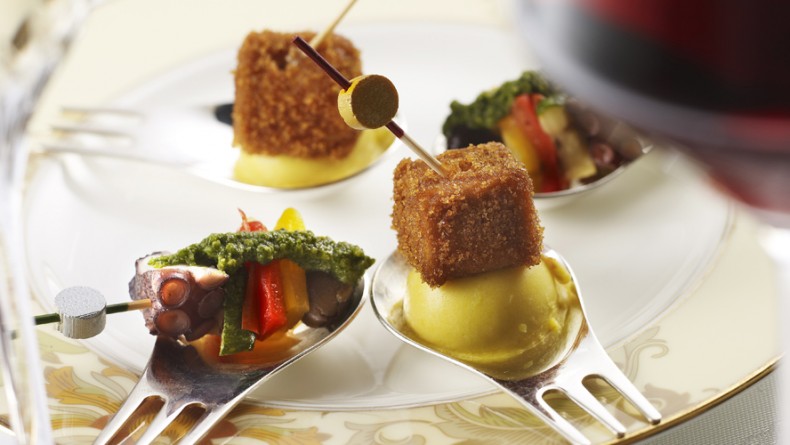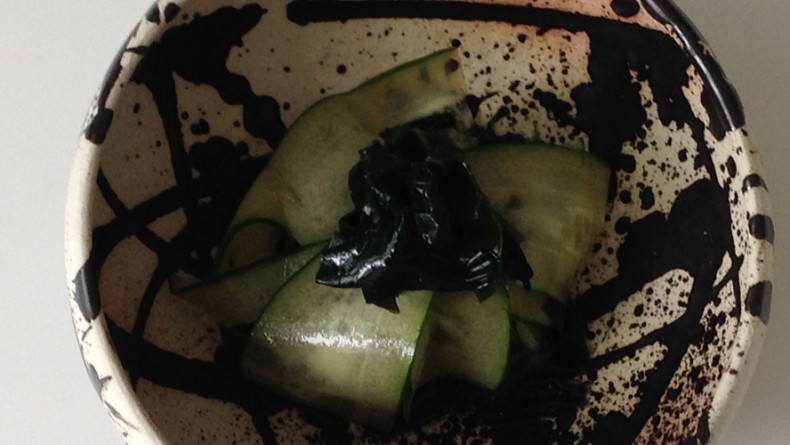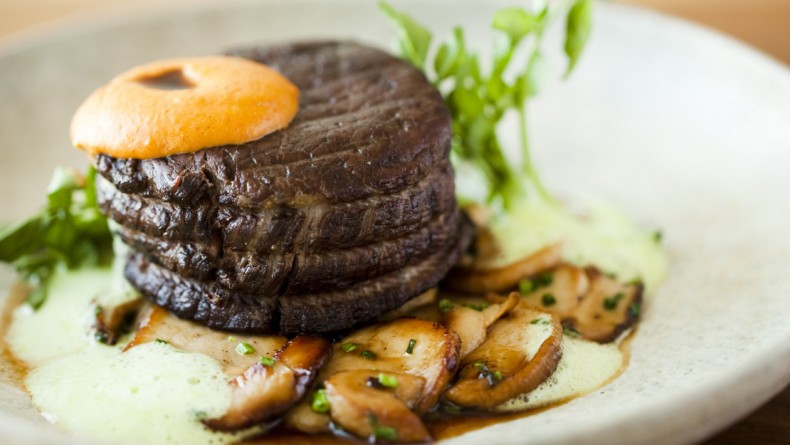Explore the Unexplored in Tottori Prefecture
If you want to see what off-the-beaten-track Japan really looks like, then head to Japan’s least populated prefecture, Tottori. It’s located in the western part of Honshu in the San’in region, wedged between the Chugoku mountains and the churning Sea of Japan. Many Japanese people have never set foot here, even though Tottori is blessed with an abundance of natural resources. It’s so much more than its famous sand dunes. Here’s why.
The Tottori sand dunes are the ubiquitous symbols of Tottori prefecture. Located in the eastern region, this destination receives over a million visitors annually. However, these sand dunes of the San’in Kaigan National Park are an anomaly. In one of Japan’s wettest prefectures, these khaki colored dunes stand out among lush green mountains, rice paddies and the deep blue sea. In fact, the dunes developed over thousands of years as the Sendaigawa river brought sand from the Chugoku mountains and deposited it near the Sea of Japan.
The dynamic landscape is a photographer’s paradise, constantly changing with the wind and the waves
Thirty square kilometers of dunes run along the glittering coastline. You can even ride camels here, in one of the smallest and more accessible desert-like environments in the world. The dynamic landscape is also a photographer’s paradise, constantly changing with the wind and the waves. This national natural treasure can be visited during any season, even in winter, when the dunes are illuminated or sometimes blanketed with snow. Nearby, there’s also a sand museum which houses sculptures crafted from sand and water. The exhibitions change frequently, so you’re always sure to see something new each time you visit.
Close to the sand dunes is the small town of Iwami. Here you can find the stunning scenery of Uradome Coast, which is also part of the larger San’in Kaigan National Park. Known as a ria coastline, Uradome offers unparalleled views of caves, cliffs and weathered rocks from the coastal road, boat or kayak. Also, head to Hakuto beach, which offers white sand and rolling surf. This place is significant because it was featured in the Kojiki, Japan’s oldest collection of ancient myths, as the site where the hare of Inaba was rescued by the god Okuninushi.
If you like hiking, Tottori is the perfect place. Mount Daisen, located in the western part of the prefecture, towers over the small city of Yonago. Also known as Hōki Fuji and the highest mountain in the Chugoku region, it rises an impressive 1,729 meters above sea level. From the summit there are panoramic views of city and country: urban sprawl, green trees, rice fields and the sea. Daisen, also called Oyama, was always considered a sacred mountain. Until the Edo period, regular people could not climb it unless escorted by a monk from one of the mountain’s temples. During winter, you can also enjoy skiing, snowboarding and snowshoeing at any of the many ski resorts scattered around the area.
If hiking or winter sports are not your cup of tea, Daisen also has many religious complexes to explore, such as the atmospheric Ogamiyama shrine and Daisenji. If you get hungry, visit Daisen Milk no Sato at the foot of the mountain. Here you can find locally made dairy products such as ice cream, cheeses, yogurt, milk and butter. Near Daisen are also two popular attractions. Framed by Mount Daisen, Tottori Flower Park is one of the largest flower parks in Japan, where you can enjoy 50 hectares of flowers and plants all year round. Also near to the mountain is the Shoji Ueda Museum of Photography, where the work of the world famous surrealist photographer is celebrated.
In the center of Tottori prefecture is another famous mountain, Mount Mitoku. Although not as high as Daisen, this 900 meter-high mountain is unique because of its oddly located religious halls. Sanbutsuji is one of the few places in Japan where you can see a Buddhist treasure hall wedged in a cliff face. The mountain is also sacred to followers of Shugendo, a syncretic belief system which combines mountain worship with Buddhist, Shinto and Taoist teachings.
The trek up the mountain is considered spiritual training. Before you can climb, the monks will check whether you have appropriate shoes. If not, you may have to rent traditional straw sandals. Also, climbers are not allowed to trek alone because of the precariously steep and narrow trail. At Monjudo, one of the temple’s halls, you can walk along its narrow perimeter and dangle your feet over pure forest. The highlight of this journey is Nageiredo, a tiny wooden structure that clings to the cliff side almost by magic. It’s often called Japan’s most dangerous national treasure. Nageiredo means “throw-in temple” or “temple placed by throwing.” Legend states that in 706 AD, the founder of Shugendo, En no Gyoja, threw three lotus petals in the air and decided to build temples wherever they landed. One of the petals landed on Mount Mitoku. En no Gyoja was rumored to have amazing supernatural powers so that he was able to literally throw Nageiredo into the cliff face. If you wish to stay overnight, you can even sleep in a temple ryokan and experience shojin ryori (vegetarian cuisine) and Zazen meditation.
The prefecture brands itself Manga Kingdom Tottori, a self-styled mecca for manga and anime fans. Even the airports are named after popular manga characters: Yonago Kitaro airport and Tottori Sand Dunes Conan airport. This is because two famous manga artists grew up in Tottori prefecture. Fans of Detective Conan can visit the Gosho Aoyama Manga Factory in Hokuei. Iif Gegege no Kitaro is more your style, head to Sakaiminato, Shigeru Mizuki’s hometown. There’s an 800-meter road lined with over 150 bronze sculptures of yokai, or supernatural creatures. Kitaro and his friends also prowl the area to meet fans. You can also pick up kitschy, yokai-inspired omiyage (souvenirs) such as Medamaoyaji candy, named after one of the manga’s most lovable characters. There’s also the Shigeru Mizuki Memorial Museum, which provides information about the man and his art.
If you enjoy Matsuba crab, head to Sakaiminato, which boasts one of Japan’s largest hauls of these giant sea crabs. You can buy them fresh at Sakaiminato market or enjoy crab-inspired dishes at one of the local restaurants. In summer, you can also try Tottori prefecture’s speciality foods such as mosa ebi (shrimp), white squid, and iwagaki oysters. The region is also noted for its Nijisseiki pears. You can go pear picking in fall or try pear-flavored treats such as the refreshing pear ice cream. Tottori prefecture is also famous for its wagyu beef. The famous shabu shabu dish is said to have originated here. Be sure to try Tottori wagyu susugi nabe if you’re in the area. For sake aficionados, Sakaiminato is home to Chiyomusubi sake brewery, cleverly hidden behind a gift shop on Mizuki Shigeru road. Since 1865, this brewery has been producing sake from local spring water and rice grown in Tottori Prefecture. Chizu is also well known for Suwa Shuzo sake, which is brewed from locally sourced water.
It’s one of the few places in Japan where you can soak in the ocean and in saltwater hot springs
Tottori prefecture also offers an exclusive onsen experience. In Yonago, a city in the western part of the prefecture, you will find Kaike onsen near the seaside. It’s the largest hot spring area in the San’in region. It’s also one of the few places in Japan where you can soak in the ocean and in saltwater hot springs. If you’re in the central part of the prefecture, don’t miss Misasa onsen in the mountains near Kurayoshi. The spa town’s history stretches back almost 850 years. Misasa means “three mornings” in Japanese, and it is said that if you stay in the town for three days and soak in its radon-infused waters, you can be cured of any disease. For the daring, there’s also an outdoor onsen called Kawaraburo, where you can soak in the nude in full public view.
The Deets
Getting there: The quickest way to Tottori Prefecture is by airplane. You can fly on ANA from Haneda to either of two airports: Tottori Sand Dunes Conan Airport (70 minutes) or Yonago Kitaro airport (75 minutes). You can also take the JR Tokaido/Sanyo Shinkansen from Tokyo to Okayama and change to the Yakumo train for Yonago (about five and a half hours). An overnight bus from Tokyo to Tottori takes 10 hours and 30 minutes.
Getting around: Once you’re there, the best way to get around is by bus or train from Yonago, Kurayoshi or Tottori stations. Alternatively, you can rent a car and drive along the beautiful coastal roads.
More info: For additional information on Tottori Prefecture, please click here.
Photos by Jesse Ramnanansingh.

